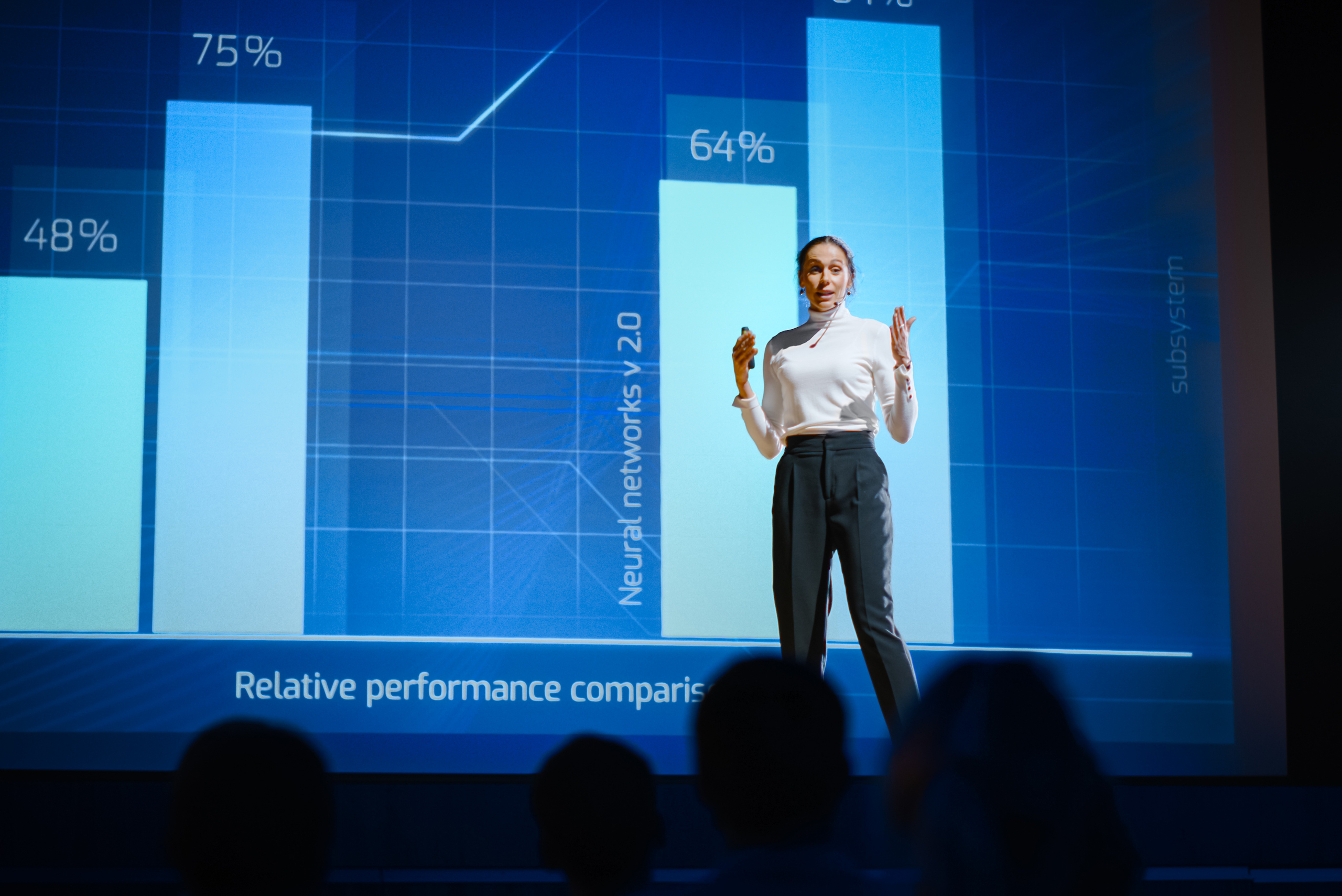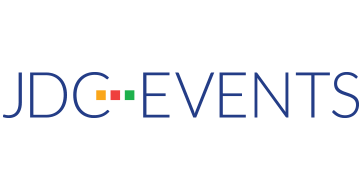
11 Mar Measuring the Right Event Metrics
Metrics have always held an important role when it comes to measuring the success of events. Event goals and metrics go hand-in-hand, and establishing key performance indicators (KPIs) in conjunction with each event goal is a critical step in the evaluation process.
With the onset of the pandemic and subsequent rise in popularity of virtual events, metrics took center stage in a new way. Every event platform touted its data analytics capabilities, and event organizers everywhere now had robust, readily available data at their fingertips. Dare I say, data went from being a practical necessity to a trendy must-have.
Three Buckets
When it comes to selecting and measuring the right quantitative and qualitative metrics for an event, whether it be in-person, hybrid, or virtual, I generally think about metrics falling into one of three buckets: 1) hard numbers, 2) stakeholder feedback, 3) post-event impact.
Hard Numbers
I consider this bucket to include the following:
- Registration data: This includes attendance numbers, demographic data, exhibit/sponsorship participation, and participation across target audience groups.
- Attendance data: At JDC Events, we look at session attendance, daily attendance, and other similar figures.
- Financial data: For example, the budget, revenue, and exhibit and sponsorship sales
- Engagement data: This includes virtual engagement, such as participation in chats, polls, and Q&A sessions, and app usage, including the number of networking messages exchanged and meetings held and the use of other engagement features such as games, photo booths, or other plug-in features.
Stakeholder Feedback
In this bucket are pre-, during, and post-event surveys to target audience groups. These include surveys of attendees asking them to evaluate sessions and surveys to speakers asking them to evaluate their experience participating in the event. We also gather feedback from other audience segments as needed.
Post-Event Impact
This is the call to action/move the needle bucket. It’s extremely important but often the most difficult to evaluate. At its core, it’s about extending the life of the event and evaluating how the event affected the participants. What did it make them feel? Did it cause a behavioral change?
If your event included a call to action, such as lobbying for a particular policy change, how many event participants went on to sign a petition, call their member of Congress, or participate in a Hill Day? Did you notice the needle move in your industry after the event? One way to tell is to look for news and activities that demonstrate that change is occurring after the event has wrapped. Capture and share any information you find with participants and your organization’s stakeholders – especially when you can connect the movement of the needle directly to your event. These can help you clearly demonstrate your event’s value.
Using the Results
Why is it so important to measure these metrics? In a word: Value. Data can help you – and your stakeholders – see that your event is a worthy investment. That can help determine whether it is worth repeating. Furthermore, having the right data and using it effectively can help further the overarching goals and mission of the host organization. Without established metrics, it’s impossible to truly evaluate an event’s value.
One of the best ways to measure metrics is to use a robust registration system. Such a system will include the flexibility to capture data in custom fields. For hybrid and virtual events, ensure you ask about what data is included when evaluating event platforms, because it can vary by package and level.
However, resist the urge to employ all the bells and whistles in a package; keep any surveys short, with no more than five questions max.
As for using your metrics, be sure to start with a proper analysis. Data is useless without analysis attached to it. If budget allows, hire a true data analysis professional to help sift through your quantitative and qualitative data. Combined, these can help you draw conclusions about the effectiveness of the event, allowing you to determine whether you have reached your goals while giving you insights that can lead to recommendations for improvements.

Shafer Busch is JDC’s Senior Manager of Portfolio and Strategy. Her role is about listening, taking notes, and rapidly adapting to changing needs. That’s how she brings people together while working under tight deadlines—across states and nations.
After earning her Masters in Ethics, Peace, and Global Affairs, Shafer spent seven years working on events in the U.S. and Middle East. As COO and director of events at an international nonprofit, she created events to entertain, inspire ideas, and empower voices. A specialist in working with policymakers, diplomats, and entertainers toward a common goal, Shafer’s accomplishments include bringing together an impressive list of who’s who. Her portfolio includes: an annual awards dinner for individuals and organizations that shape social and public policy, a dinner and conversation for U.S. government and intelligence leaders and creative minds from Showtime’s “Homeland” series, and a student discussion event about women in film with the Oscar-winning director of “The Hurt Locker” and “Zero Dark Thirty.”



